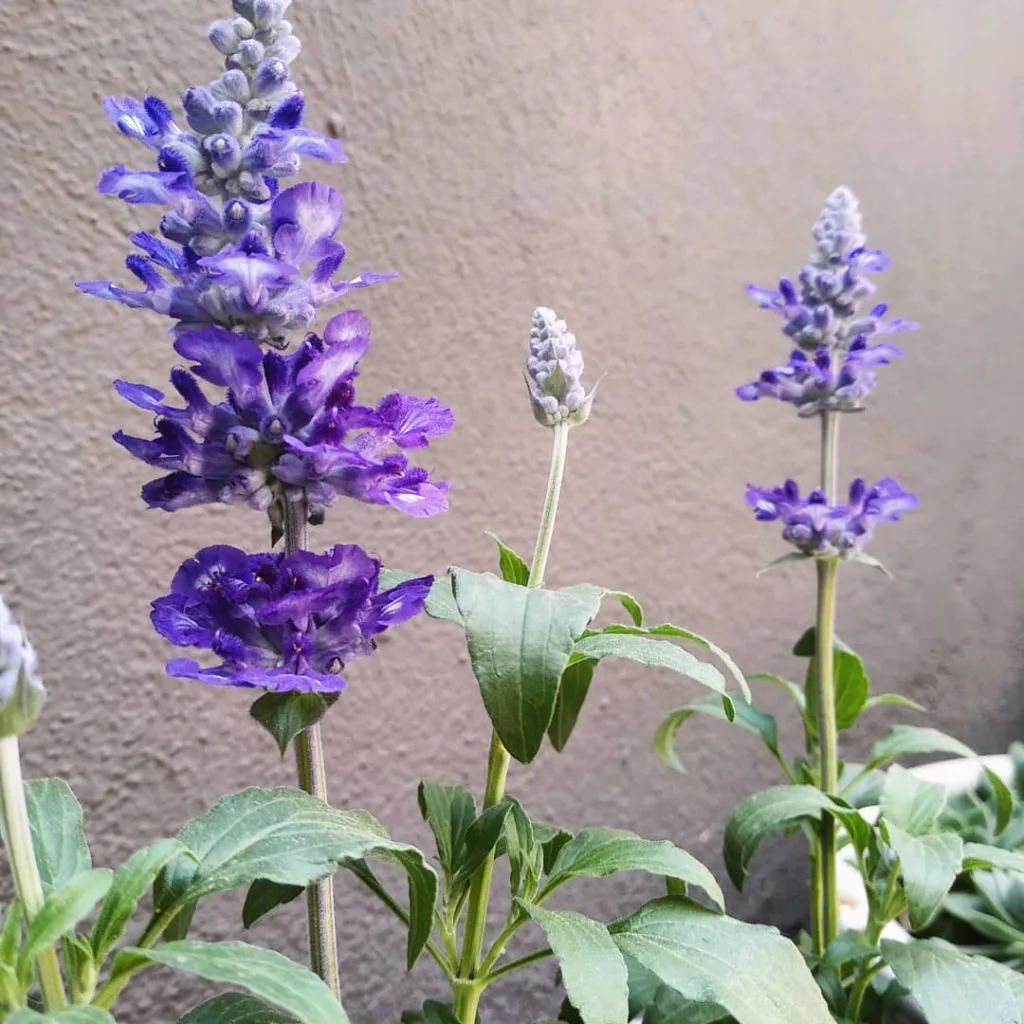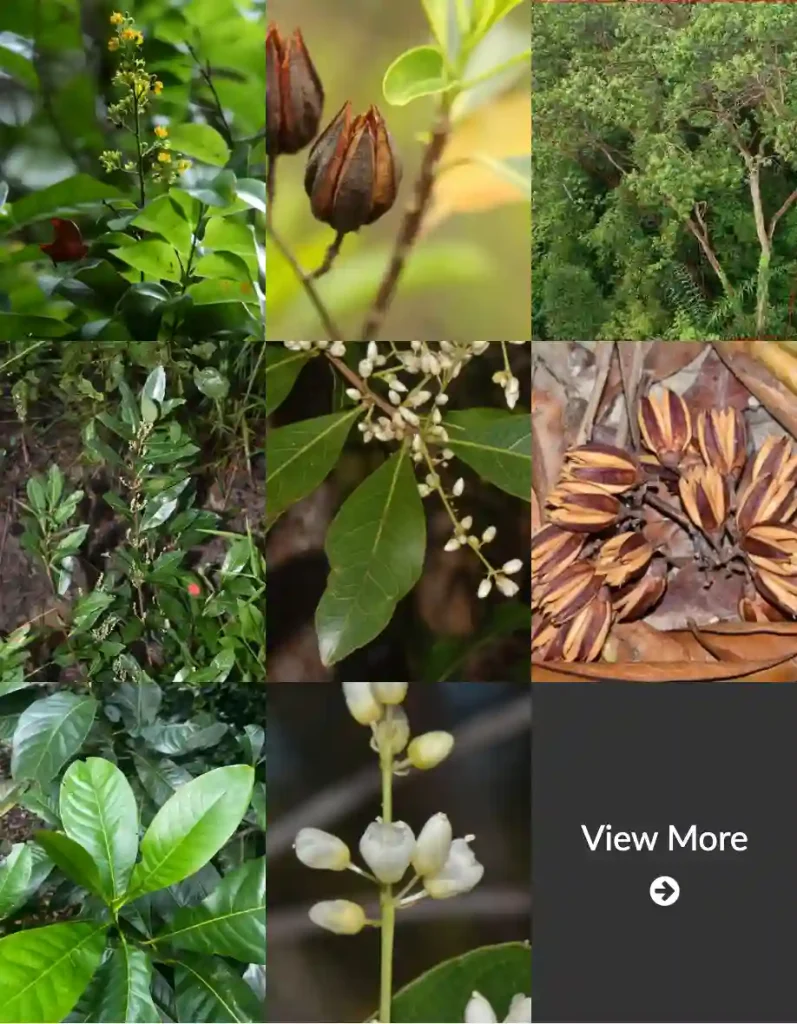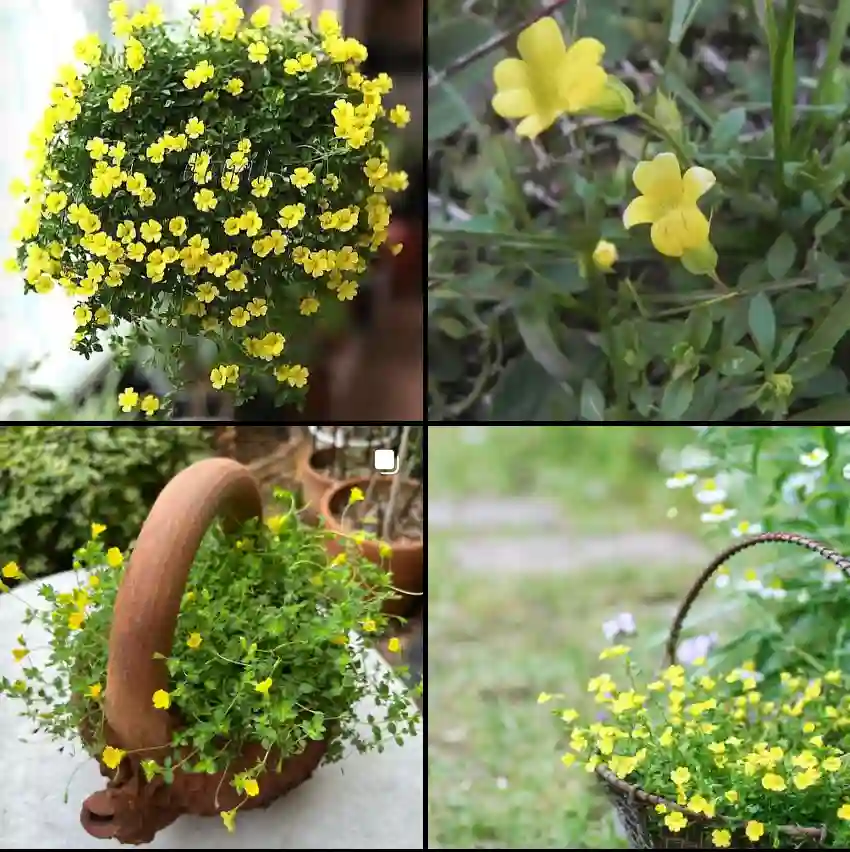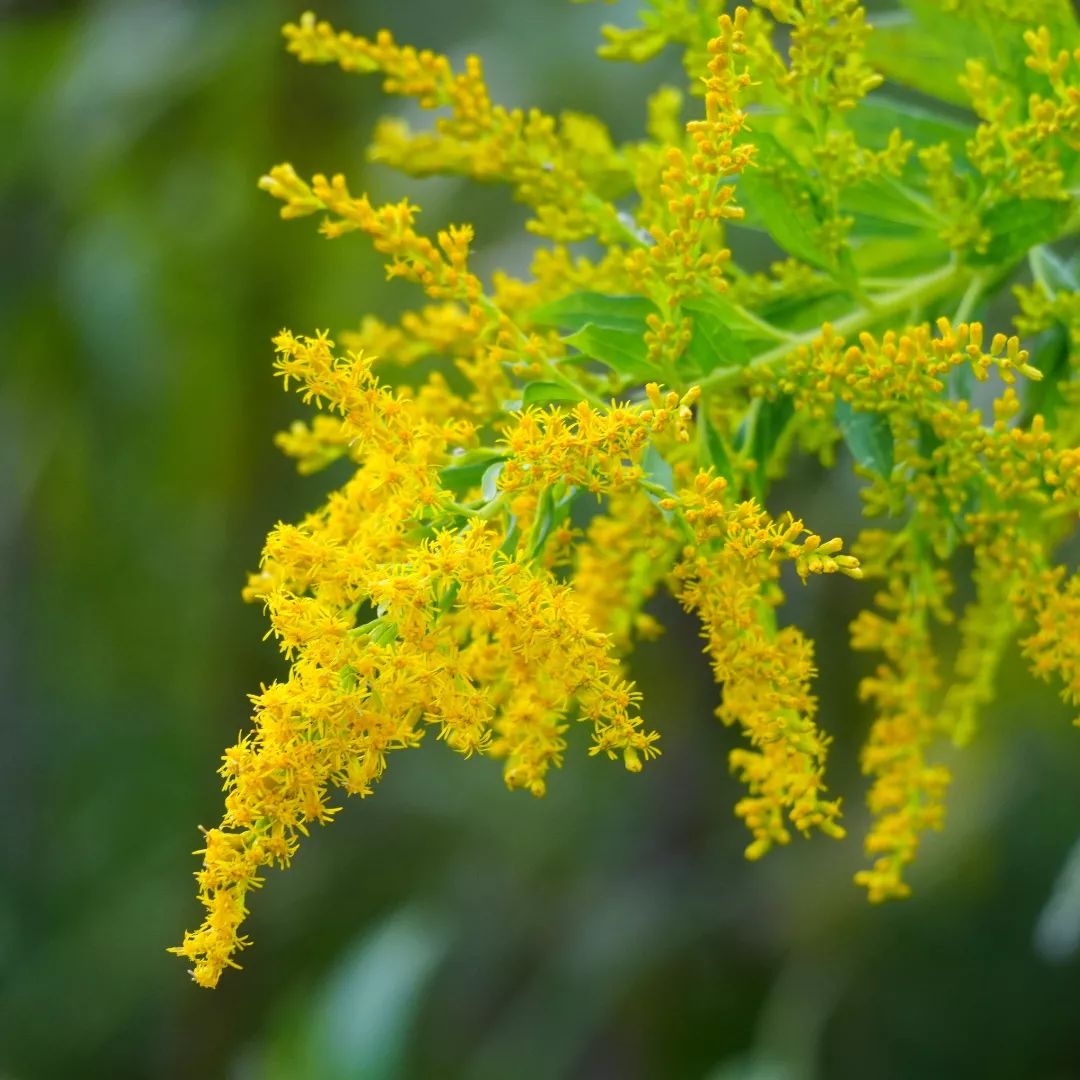FAQs About Calamagrostis Nutkaensis
Calamagrostis Nutkaensis, commonly known as Nutka Reedgrass, is a stunning and versatile plant that has become a favorite in many gardens. I’ve had the pleasure of growing this ornamental grass, and I’m excited to share some of the most frequently asked questions about it.
213 Species in Genus Calamagrostis
What Is Calamagrostis Nutkaensis?
Calamagrostis Nutkaensis is a species of ornamental grass native to the Pacific Northwest. It’s a clump-forming grass that can reach heights of 3 to 5 feet. Its tall, airy flower spikes are a standout feature, making it a great addition to garden landscapes. The grass has a graceful, arching habit and is known for its fine-textured foliage and elegant flower heads that can persist into winter.
How to Care for Calamagrostis Nutkaensis?
Caring for Nutka Reedgrass is relatively straightforward, and it thrives with minimal attention. Here are some key care tips:
- Sunlight: It prefers full sun but can tolerate partial shade. In my garden, it seems to do best with at least 6 hours of direct sunlight daily.
- Soil: This grass is adaptable to various soil types, though it favors well-drained, loamy soil. I’ve found that it handles clay soils well as long as there is good drainage.
- Watering: Regular watering is essential, especially during dry spells. However, it doesn’t like to sit in soggy soil, so ensure the soil dries out between waterings.
- Fertilization: I usually give it a balanced fertilizer in the spring to boost its growth. Over-fertilization can lead to excessive foliage at the expense of flowering, so moderation is key.
- Pruning: In late winter or early spring, cut back the old foliage to ground level before new growth begins. This helps keep the plant looking tidy and encourages fresh, vigorous growth.
How to Propagate Calamagrostis Nutkaensis?
Propagating Nutka Reedgrass can be done through division or seed. Here’s how:
- Division: The most common method is to divide the clumps in early spring or fall. Carefully lift the plant, divide it into sections with a sharp knife, and replant each section. This is how I’ve multiplied my plants and kept them healthy.
- Seed: You can also grow Nutka Reedgrass from seed. Sow the seeds in a seed tray with a well-draining seed compost, and keep them in a warm, sunny spot. Once the seedlings are large enough to handle, transplant them to their final positions in the garden.
What to Plant With Calamagrostis Nutkaensis?
Nutka Reedgrass pairs beautifully with a variety of plants. Here are a few companions that work well:
- Perennials: I’ve found that it looks stunning with purple coneflowers (Echinacea) and black-eyed Susans (Rudbeckia). Their bold colors contrast nicely with the grass’s delicate flowers.
- Ornamental Grasses: Combine it with other grasses like Miscanthus or Panicum for a layered effect. The different textures and heights create a dynamic garden design.
- Shrubs: Planting it alongside shrubs like Spiraea or Hydrangea adds structure and interest to your garden.
How to Use Calamagrostis Nutkaensis in Landscaping?
Nutka Reedgrass is versatile and can be used in various ways in your landscape design:
- Accent Plant: Its tall, feathery plumes make it a great focal point in garden beds or borders.
- Screening: Use it to create natural screens or hedges. The height and density of the grass provide privacy and can block unsightly views.
- Wildlife Habitat: It attracts birds and insects, adding an ecological element to your garden. I’ve enjoyed watching birds visit the seed heads throughout the winter.
Is Calamagrostis Nutkaensis Toxic?
One of the advantages of Calamagrostis Nutkaensis is that it’s non-toxic to pets and humans. I’ve never had any issues with toxicity, making it a safe choice for gardens where children and animals are present.
How to Deal with Pests and Diseases?
While Calamagrostis Nutkaensis is generally trouble-free, it’s good to be aware of potential issues:
- Pests: Watch out for aphids and spider mites, which can sometimes affect ornamental grasses. Regular inspection and, if necessary, treating with insecticidal soap can help manage these pests.
- Diseases: Root rot can be a problem if the grass is planted in poorly drained soil. Ensure good drainage to prevent this issue.
Conclusion
Calamagrostis Nutkaensis, with its graceful appearance and easy care, is a fantastic addition to any garden. From its adaptability in various soil types to its non-toxic nature, this grass offers both beauty and practicality. Whether you’re using it as an accent plant or for screening, Nutka Reedgrass brings elegance and interest to your landscape. If you have any questions or need tips specific to your garden, feel free to ask!
If i die, water my plants!



